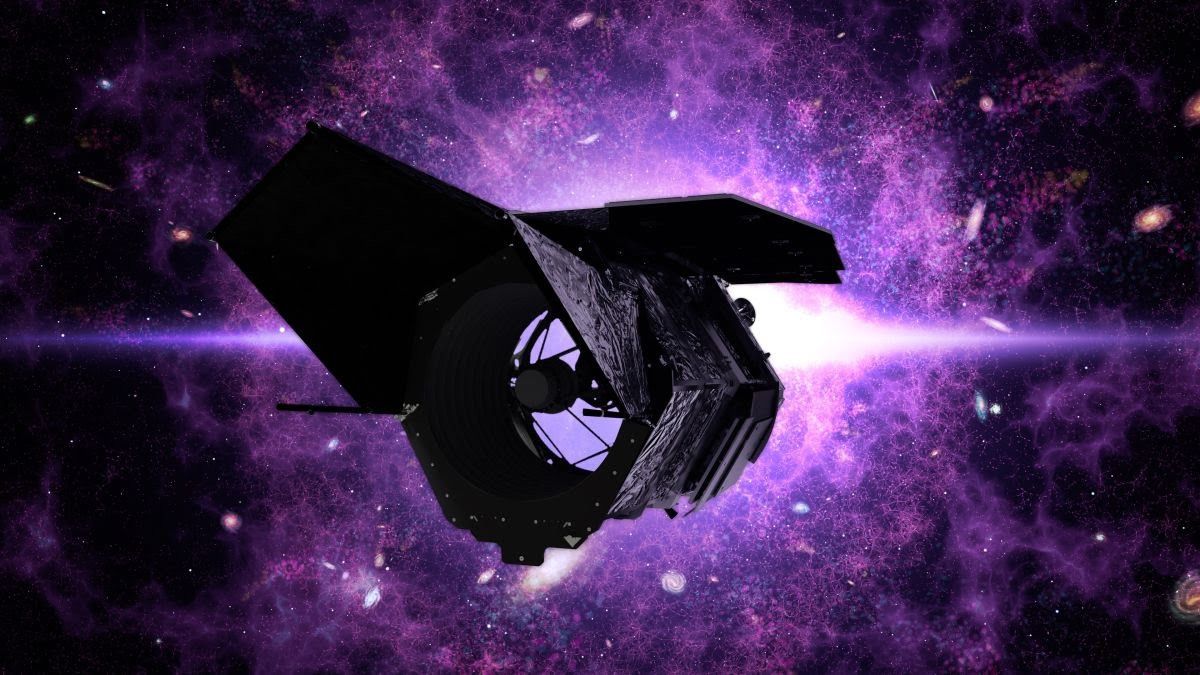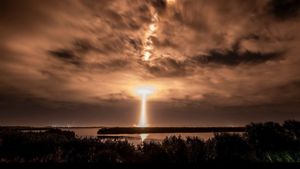JAKARTA - The American Space Agency (NASA) is reportedly building a new space telescope that is more sophisticated than Hubble. The new telescope is expected to capture panoramas of space in more detail than before.
Citing the Space page, Wednesday, August 5, the new space telescope project is named Nancy Grace Roman. This telescope will have a lens resolution greater than the Hubble telescope, with a capture area 100 times wider.
This telescope was built with the construction of the Wide-Field Infrared Survey Telescope or WFIRST. Roman will be used to explore and explore cosmic and astrophysical phenomena throughout the galaxy.
Not only that, the Roman telescope will also be optimized for a kind of planetary survey called microlensing. The survey is an observational effect that occurs when masses bend the fabric of time and space. This kind of monitoring is commonly used to observe very massive objects, such as cosmic phenomena or black holes.
Going forward, Roman will build on other NASA missions optimized for planet hunting, including past Kepler missions that discovered thousands of exoplanets and the current Exoplanet Survey (TESS) Transit Survey Satellites looking for Earth-like planets closest to the Solar System.
"With a large number of stars and frequent observations, Roman microlensing surveys will see thousands of events on the planet. Each will have a unique signature, which we can use to determine the mass and distance of the planet from its star," said the head of task for the Support Center. Roman Science at the Center for Infrared Processing and Analysis at the California Institute of Technology, Rachel Akeson.
Roman will also join other observatories in trying to figure out the nature of dark matter and energy, which is impossible to observe except through the effects of monitoring on other objects. Roman observations will enable telescopes to collect precise measurements of various galaxies, map and structure regular matter, as well as dark matter throughout the history of the universe.
The English, Chinese, Japanese, Arabic, and French versions are automatically generated by the AI. So there may still be inaccuracies in translating, please always see Indonesian as our main language. (system supported by DigitalSiber.id)













